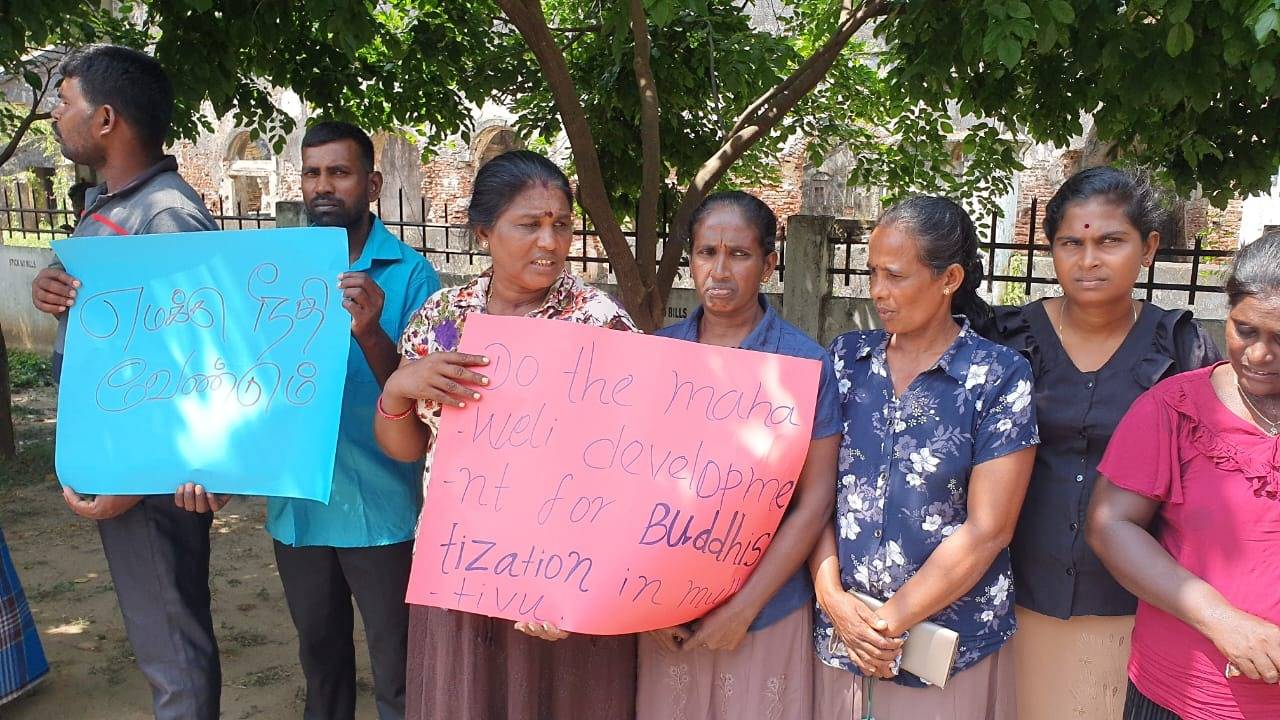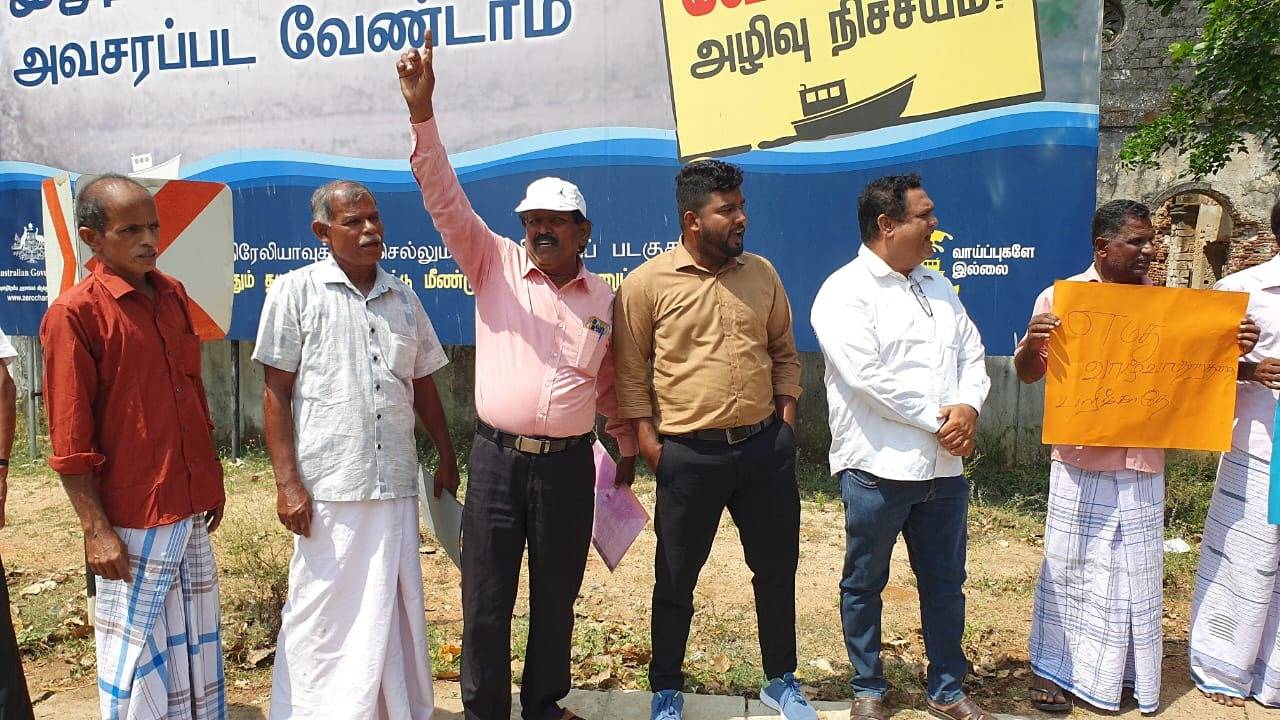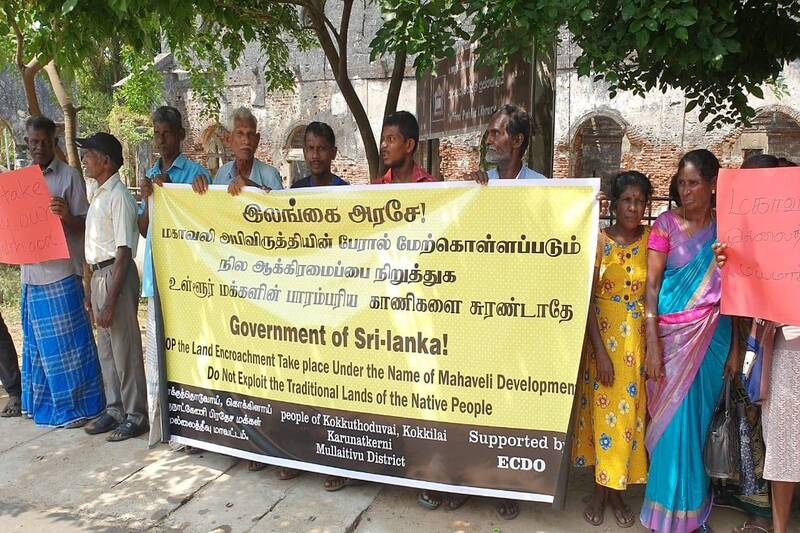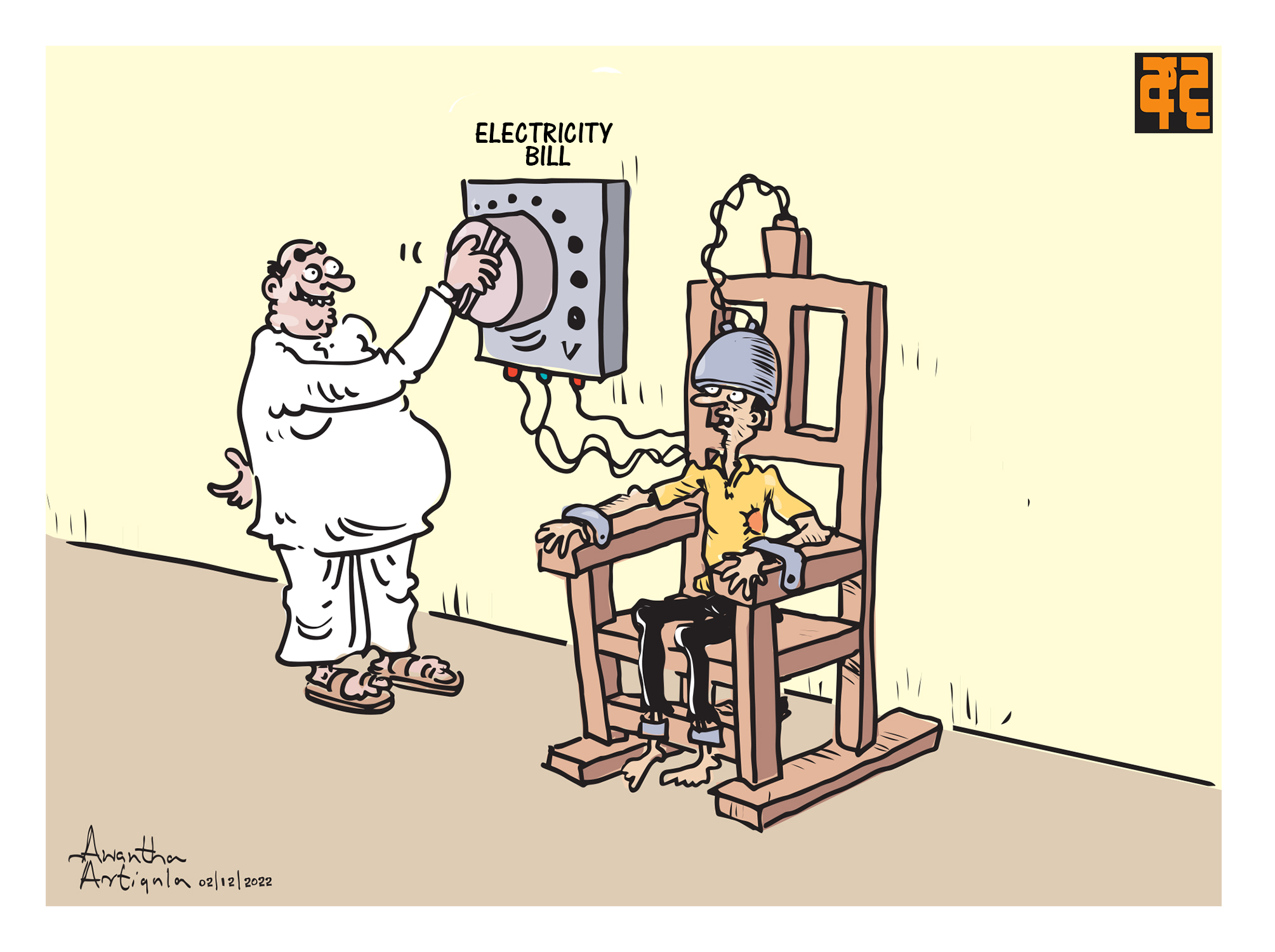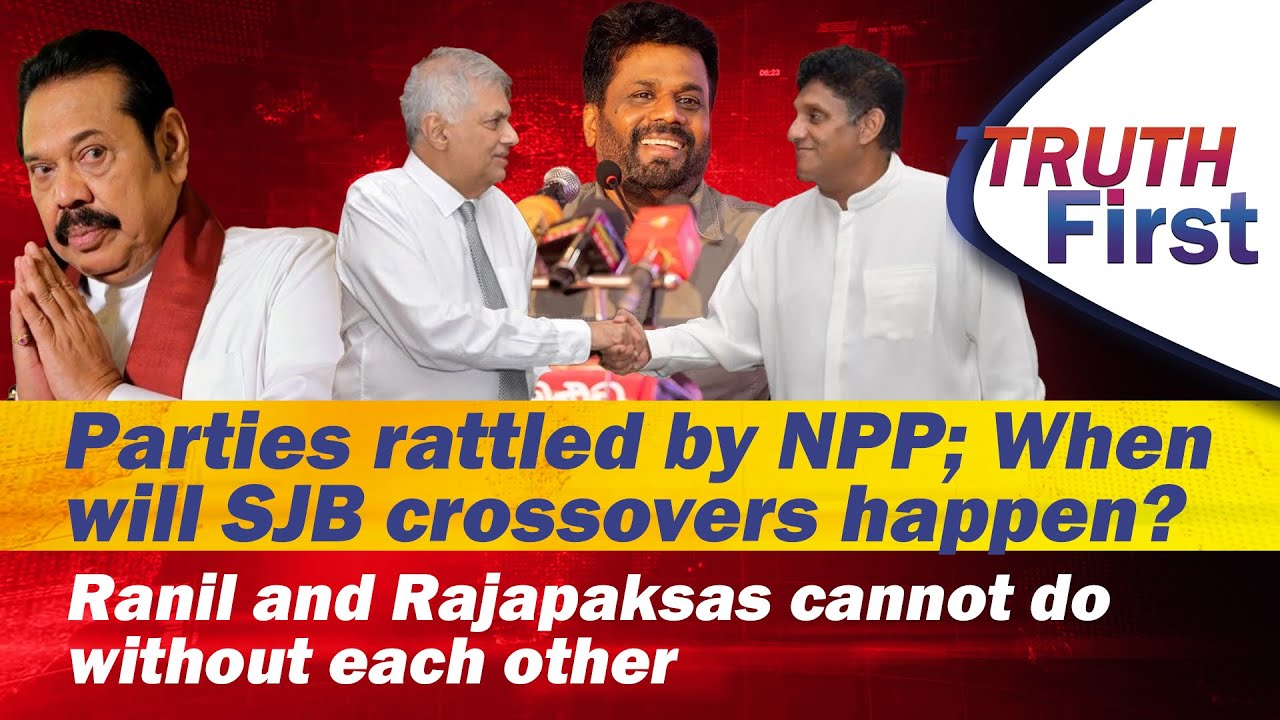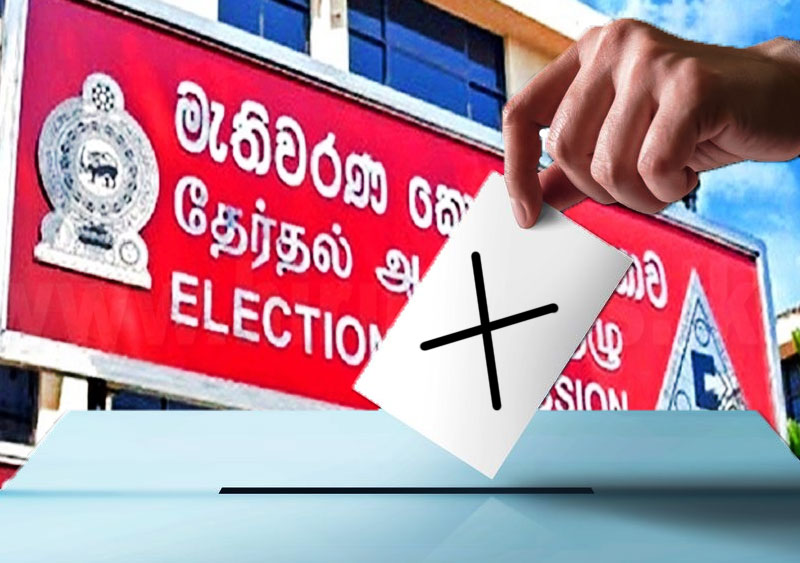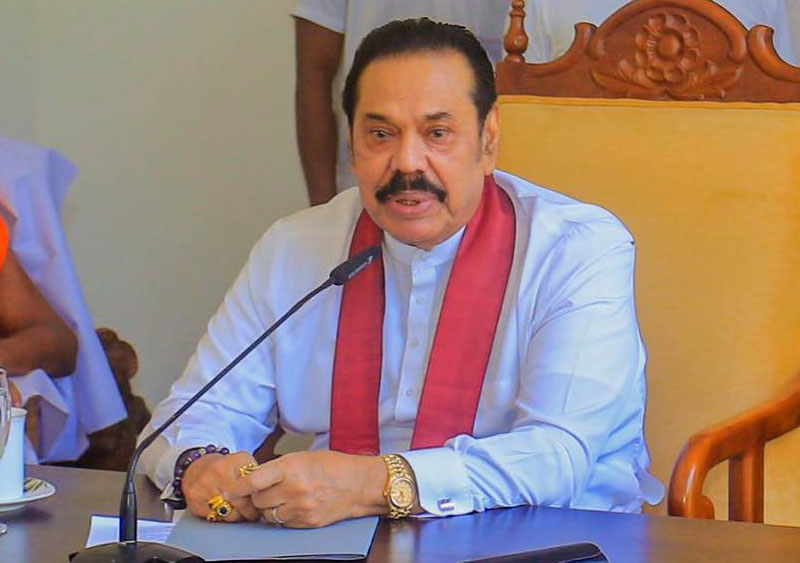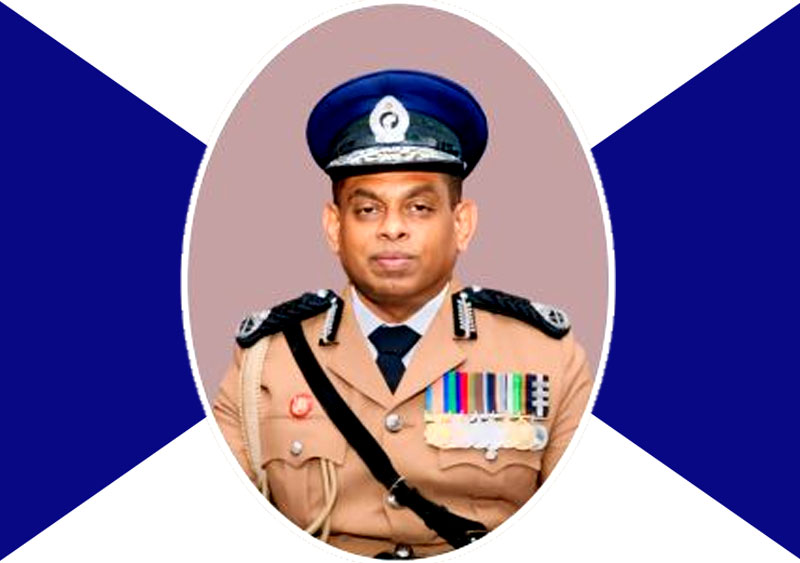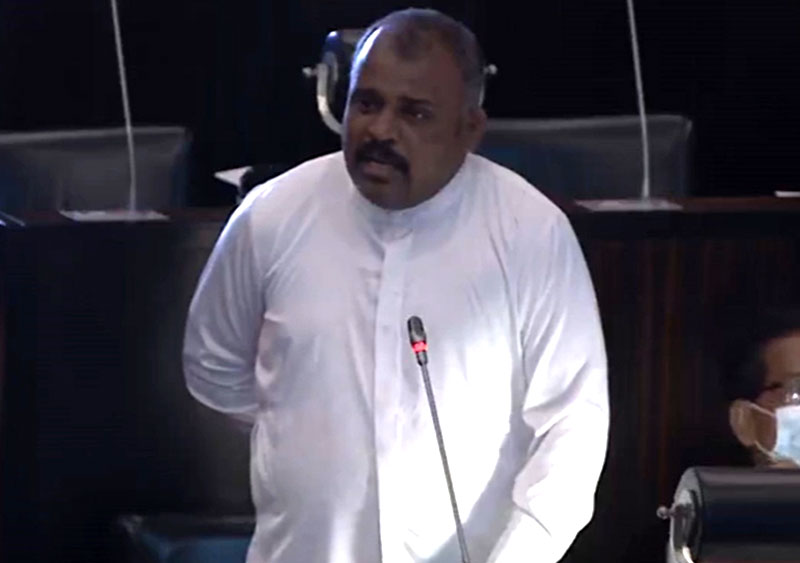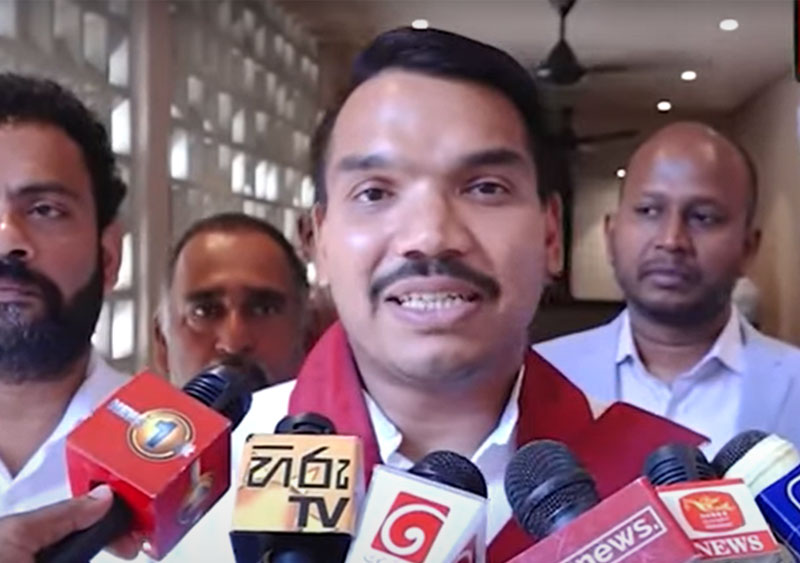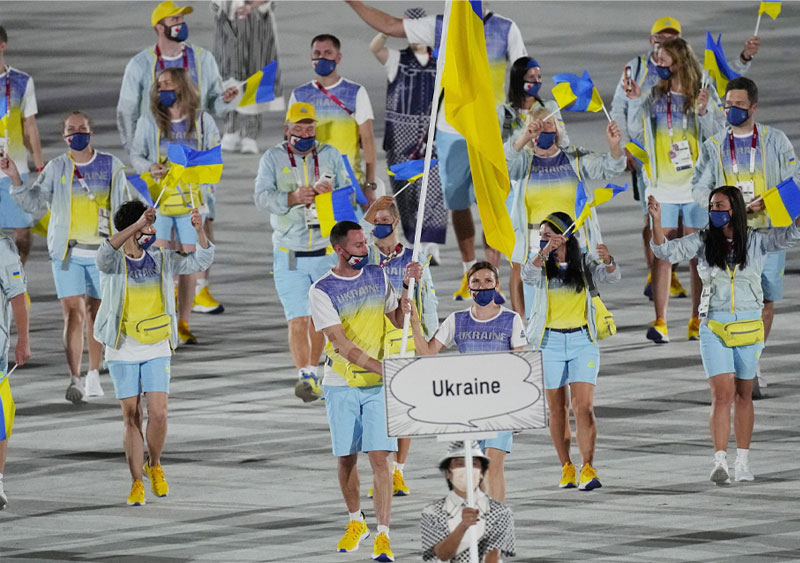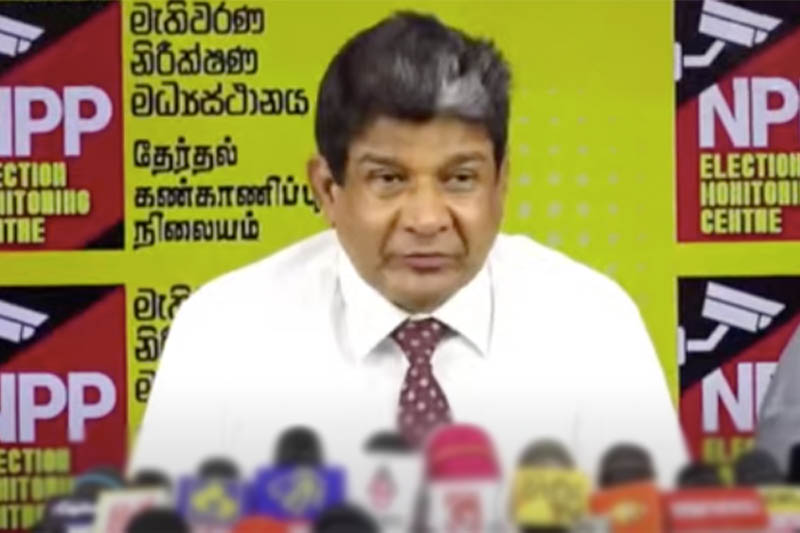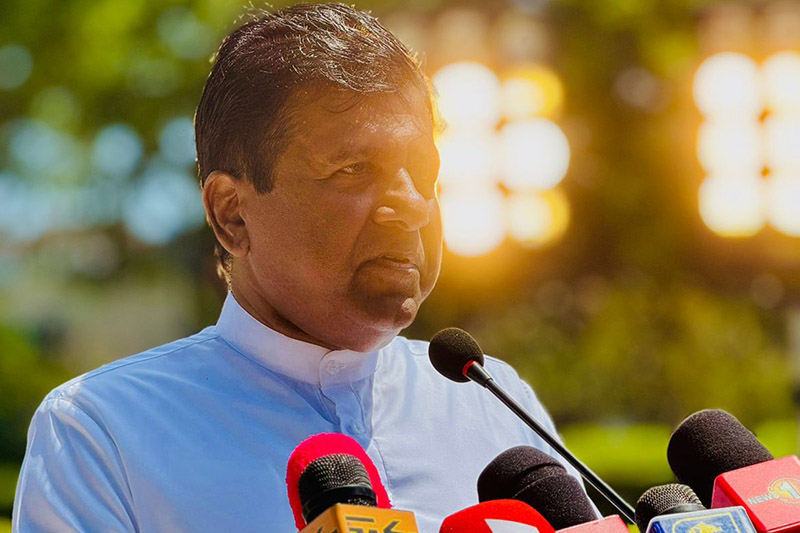A protest has been held in Jaffna demanding that the Sri Lankan government immediately stops land invasion occurring in the guise of the Mahaweli Development Scheme, and that traditional land belonging to Vanni-based Tamil villagers be returned.
Regional correspondents said that over 100 Tamils persons, who arrived in Jaffna on 8 May, participated in this protest staged in front of the Northern Province Governor’s office. They had come from Mullaitivu in two buses.
“We want justice,” read a slogan displayed during the protest joined by over 120 villagers from six Grama Niladhari divisions in the Mullaitivu district.
Speaking to Jaffna-based journalists during the protest, Kokkuthoduvai Farmers’ Association President Sinnapillai Sivaguru explained that residents including himself were forced to flee in 1984 during the war. However, when they returned to their villages 11 years ago, the government had incorporated their villages to the Mahaweli L Zone and settled Sinhala people in the area. He added that their land has not been released yet.
“We were displaced in 1984 and were resettled in 2013. All our land had been included in the Mahaweli L Zone. We were not permitted to farm in paddy fields. The Sinhala people had been given 25 acres per person. When we try to clear our land, that attracts legal action. But, when the Sinhala people clear our land, authorities act in a manner that is favourable to them. Government departments take action against us even though we have permits. These issues have persisted since the day we were resettled.”
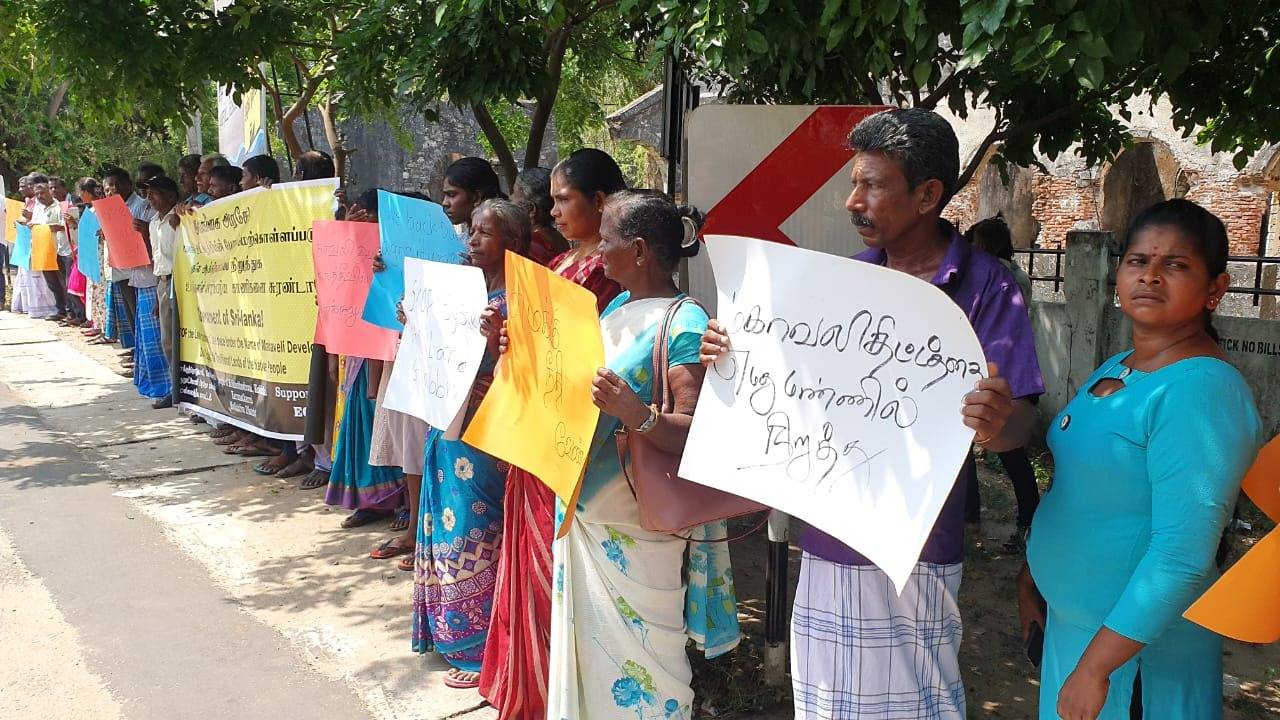
When government defence forces forced Tamil people to leave their villages in 1984, hundreds of people in six Grama Niladhari divisions belonging to the Maritimepaththu Divisional Secretariat area lost approximately 3,000 acres which they had been using for agricultural purposes, said former Northern Provincial Council member Thurairasa Raviharan.gtb
Although the ownership was confirmed by the Department of Agrarian Development during a meeting held in 2018 at the Mullaitivu District Secretariat, that land has not been returned to the Tamil people.
“The report presented by the Department of Agrarian Development during the meeting held on 25 June 2018 at the Mullaitivu District Secretariat showed 2,919 acres of land belonging to 625 persons. But, those people are not in possession of that land today. However, Sinhala people assisted by the Mahaweli Development Authority have cleared that land and carry on with farming.”
The protesters had emphasized that during the 11-year period since their resettlement, they had requested the Mullaitivu District Secretariat as well as Divisional Secretariats under its purview to provide solutions to the denial of access to land. They noted that they were forced to visit Jaffna for the protest because they did not receive solutions.
Regional correspondents further said that the protesters handed over a letter containing their demands to the Northern Province Governor’s office.
Tamil United Liberation Front Parliamentarians at the time maintained that those Sinhala settlements were established through a series of Tamil genocides.
According to the villagers, on 2 December 1984, government defence forces had summoned 32 unarmed Tamils to the Othiyamalai rural development hall in Mullaitivu, and shot them to death. They further stated that Tamil people were forced to leave their villages claiming that LTTE members were hiding in those villages.
During the protest in front of the Northern Province Governor’s office, Sundarampille Thangamma recalled that bitter memory:
“In December 1984, the Sinhala government evicted us in a systematic manner. They said that it was only for three days. They said ‘we will let you go in three days, we are going to find Tamil Tigers, we will also release poison gas, so come quickly,’ and took us to Mullaitivu for free. The government, which said that it was going to be only three days, took 30 years to resettle us.”
The Othiyamalai massacre is one in a series of killings targeting a group of Tamil villages located at the Mullaitivu-Trincomalee district border that connects Sri Lanka’s north and east – the traditional homeland claimed by Tamils. It occurred in the first two weeks of December 1984.
Among the other Tamil villages that were targeted are Kokkilai, Thennamarawadi, Amarawayal, Kokkuthoduvai, Alampil, Nayaru, Kumulamunai, and Manalaru.
During the time of these massacres, the commander of the area was Brigadier Janaka Perera, who was later appointed a Major General. One Sinhala settlement that was established following the attack was named Janaka Pura.
Even though the Tamil people of the Kokilai, Kokkuthoduvai, and Karunattukeni Grama Niladhari divisions who had been forced to leave their villages returned between 2010 and 2013 following the end of the war, they have detailed how on many previous occasions the army, Department of Wildlife Conservation, and the Mahaweli Development Authority have obstructed the resumption of agricultural activities in the 3,000-acre land they used to cultivate.
The villagers stressed that in such a context, they have not received any opportunity to farm in that land after 1984.
The Mahaweli Development Authority, Tourist Board, Department of Archaeology, and the Departments of Forest and Wildlife Conservation are accused of continuing to forcibly acquireTamil people’s land.
In May 2023, Tamil Makkal Thesiya Kuttani Leader and Parliamentarian C.V. Wigneswaran had stated that Tamil people’s representatives held a discussion with President Ranil Wickremesinghe about the forcible acquisition of Tamil people’s land in the North and East, and that the President said that steps should be taken in accordance with the Department of Wildlife Conservation’s 1985 map.
